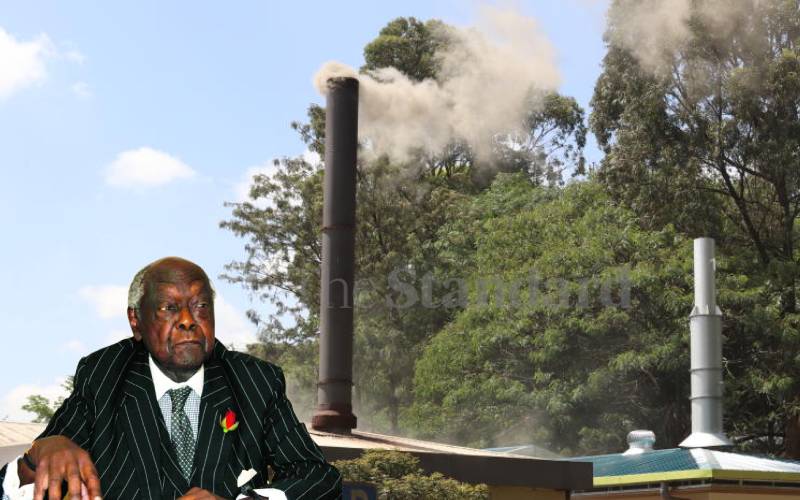×
The Standard e-Paper
Join Thousands of Readers

Smoke billows from a chimney at Kariokor Crematorium during the cremation of former Attorney General, Charles Njonjo. [Denish Ochieng, Standard]
For someone who had lived for a century and a year of a life fuller than most, Charles Mugane Njonjo exited the stage without much of the fanfare that characterised his life. Within hours, Kenya’s first indigenous Attorney General had been cremated at the Kariokor Crematorium, according to his instruction.